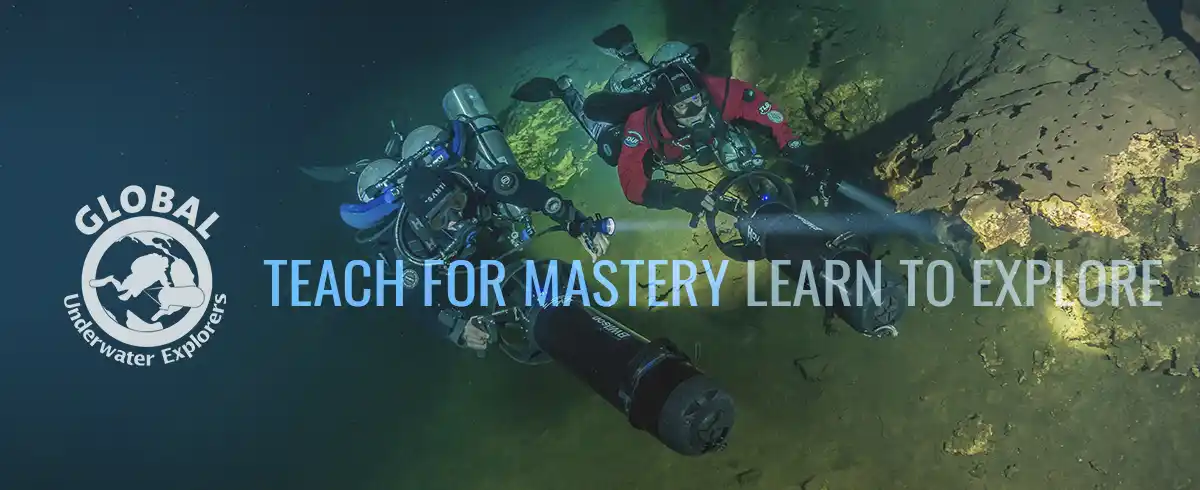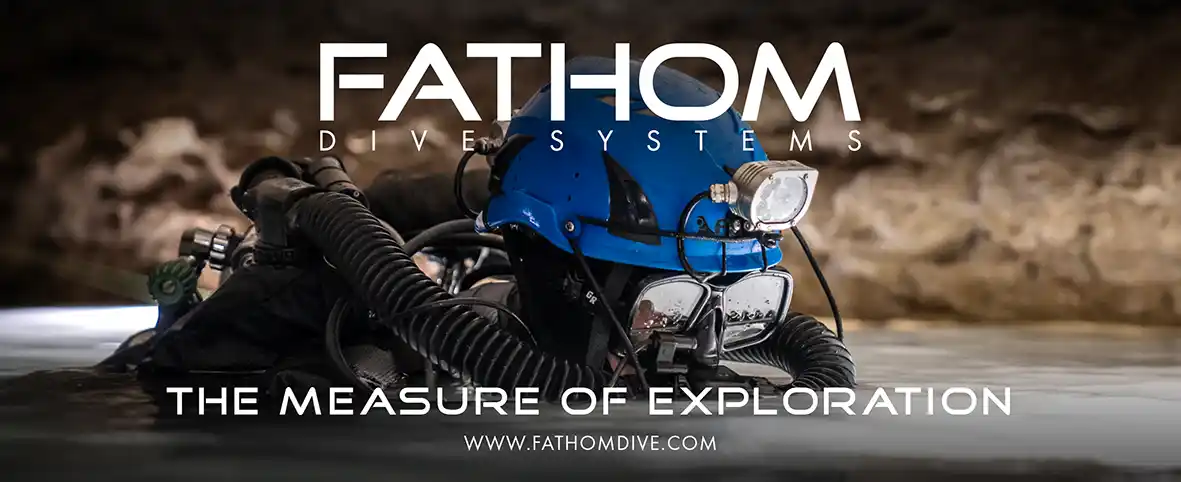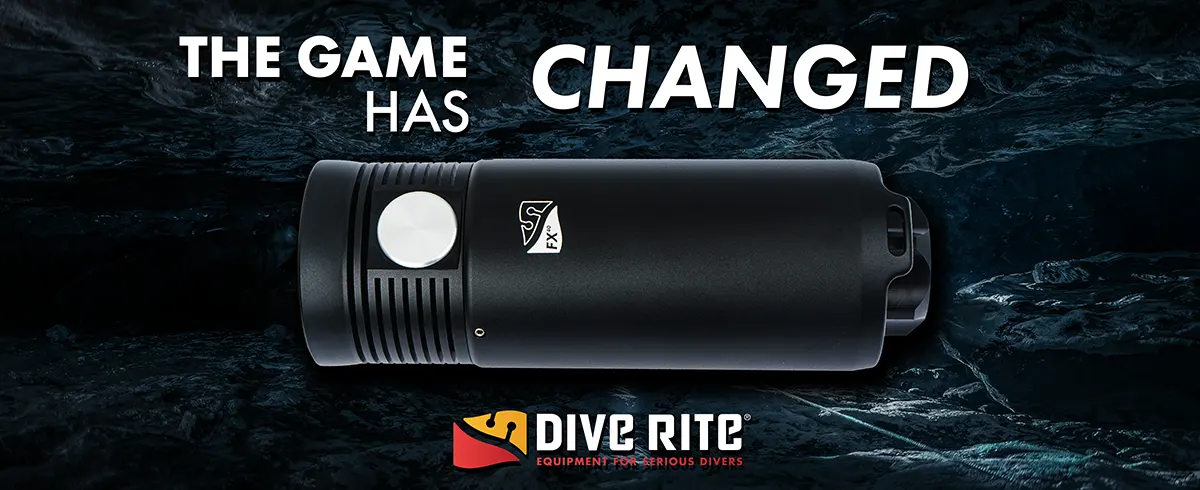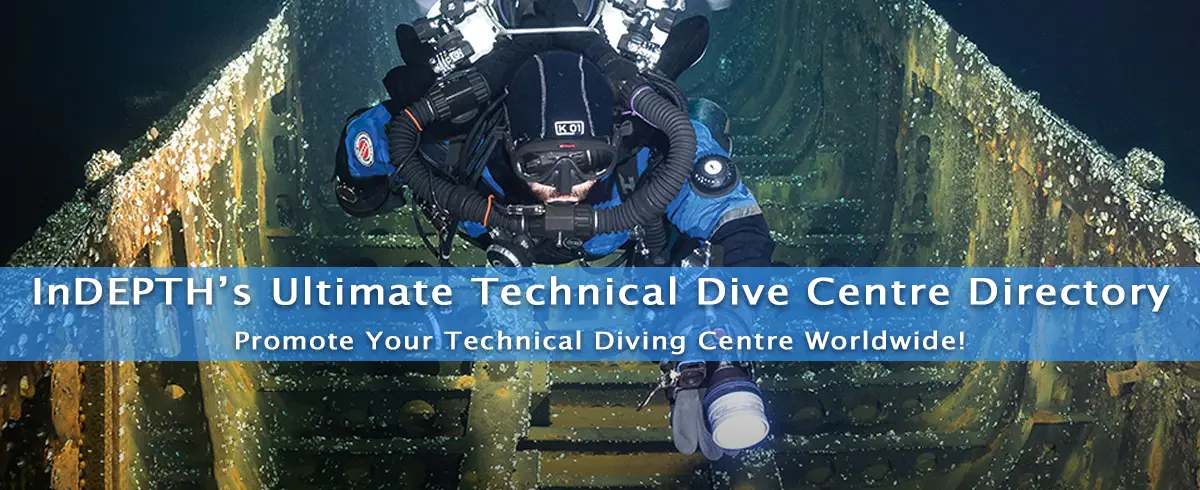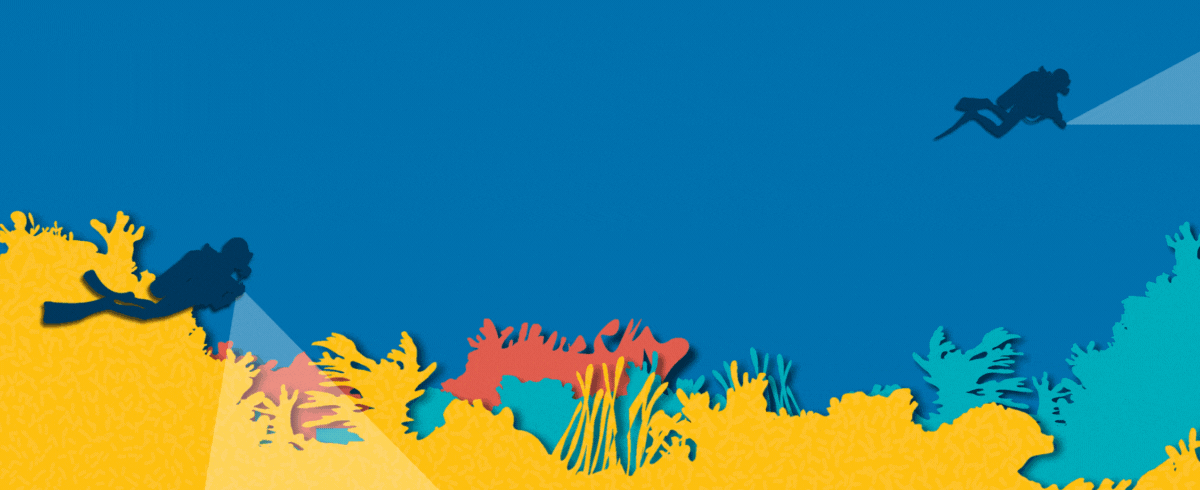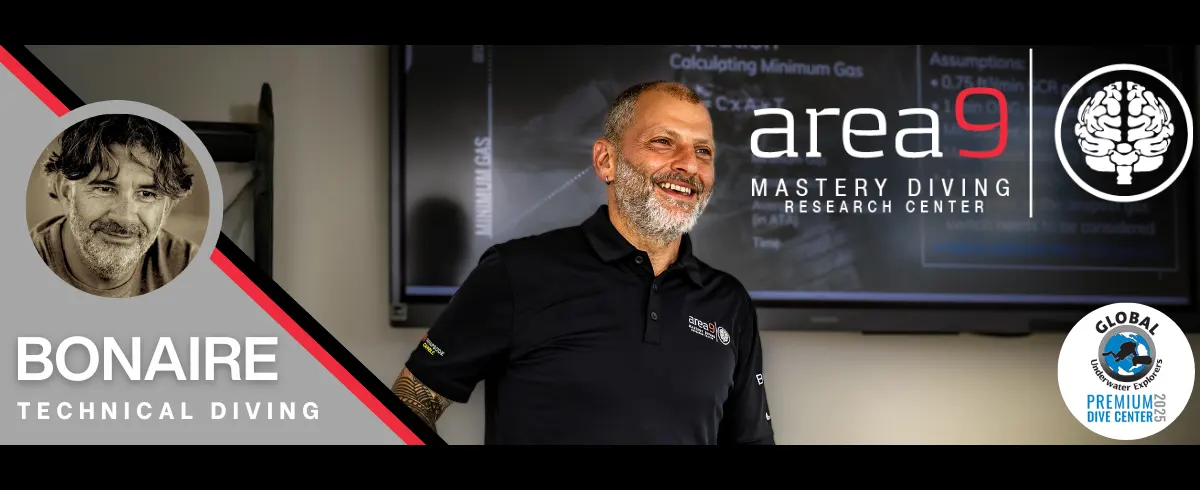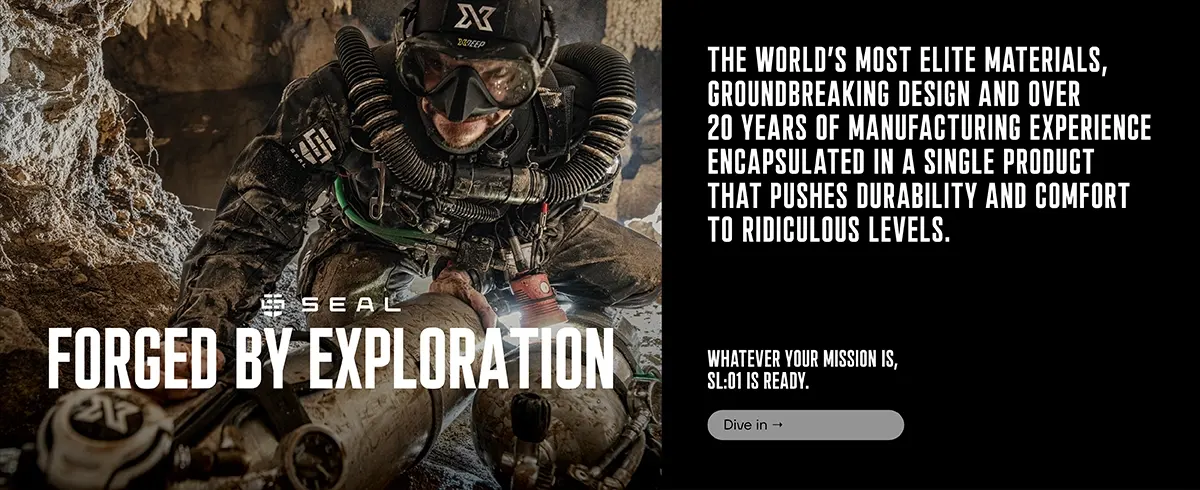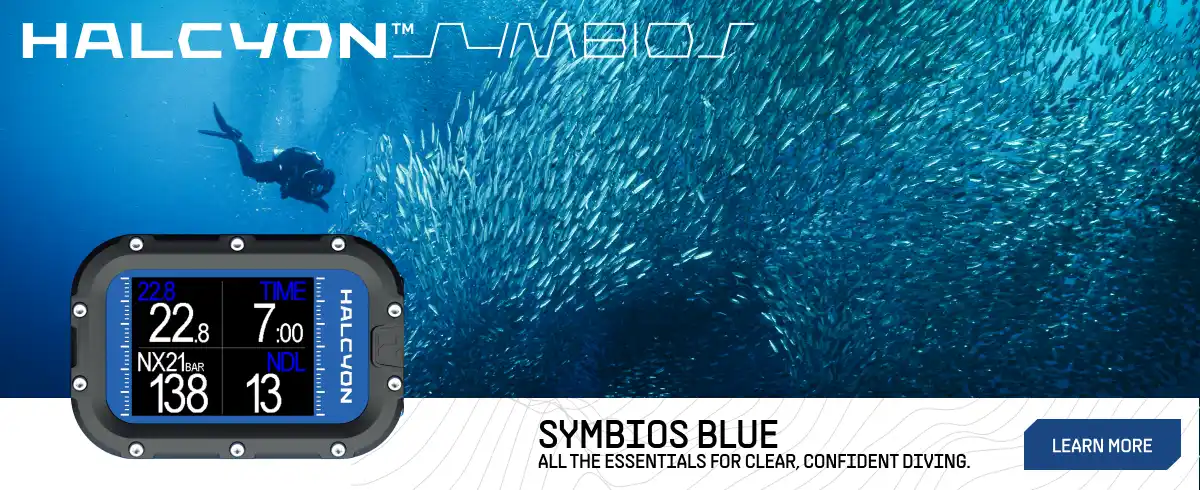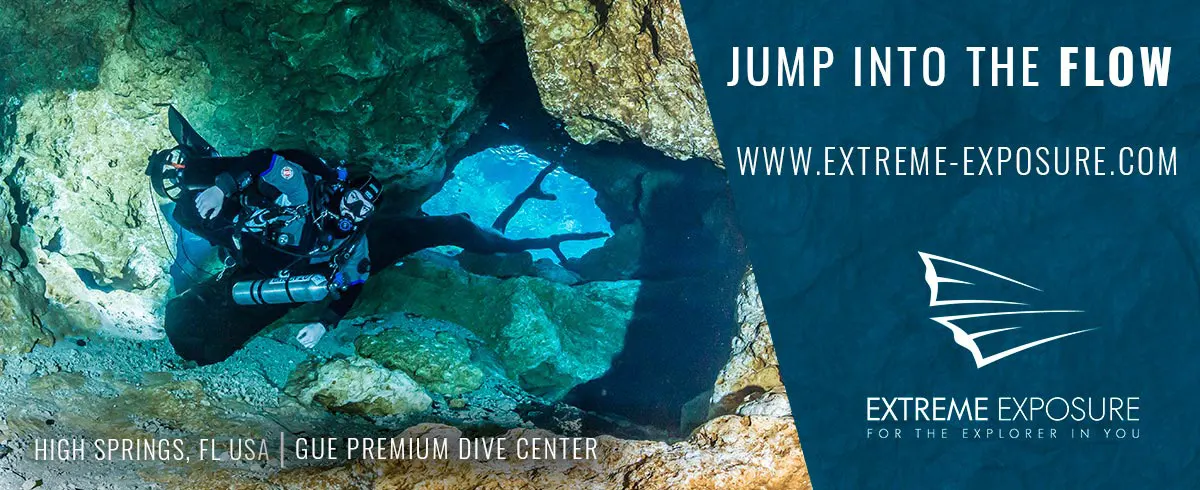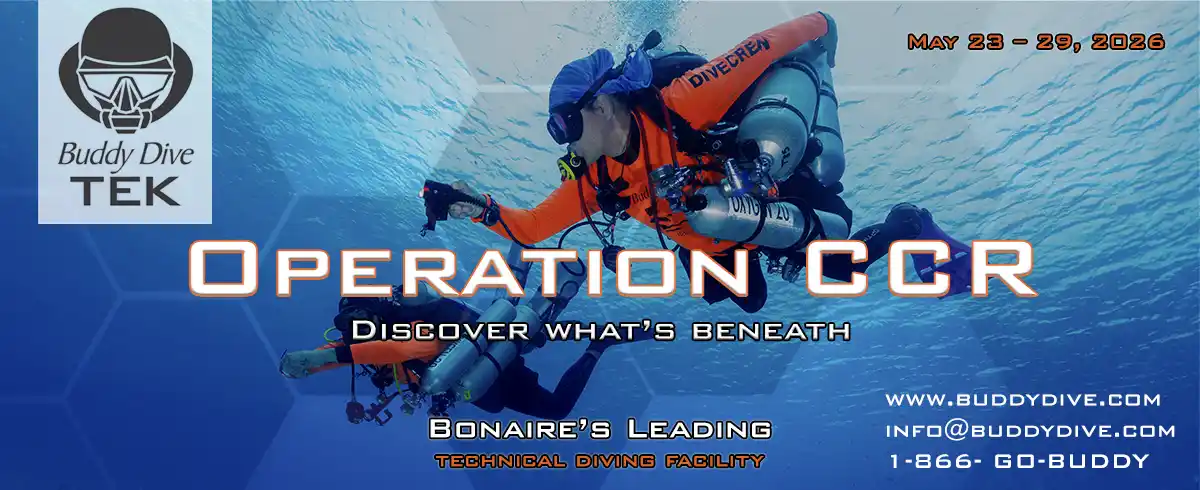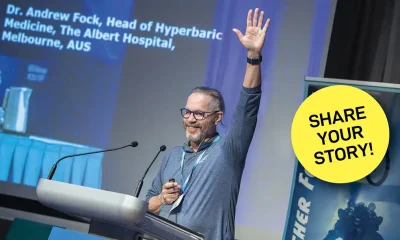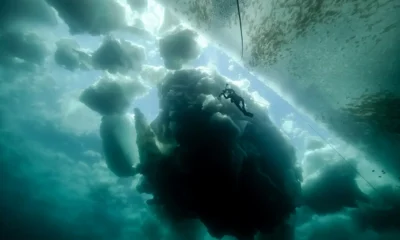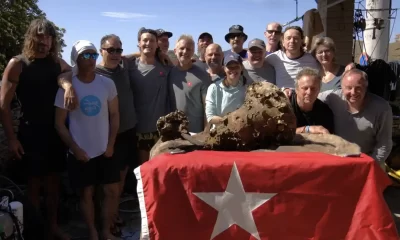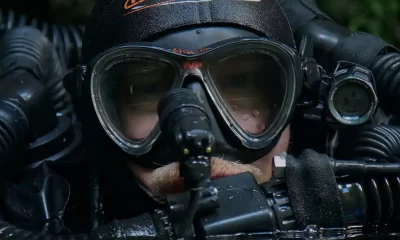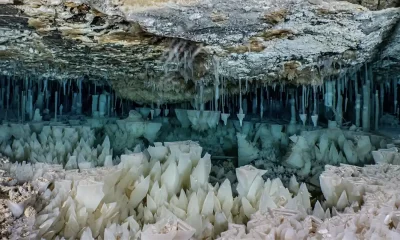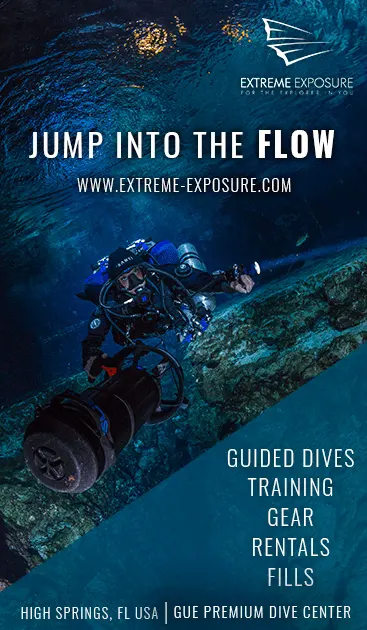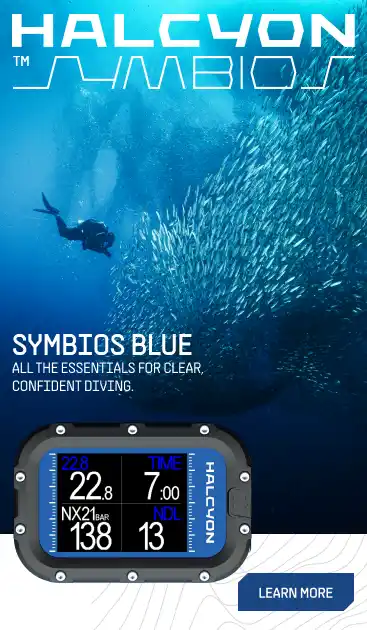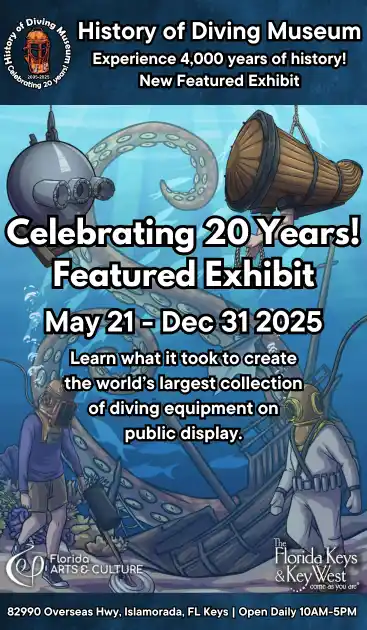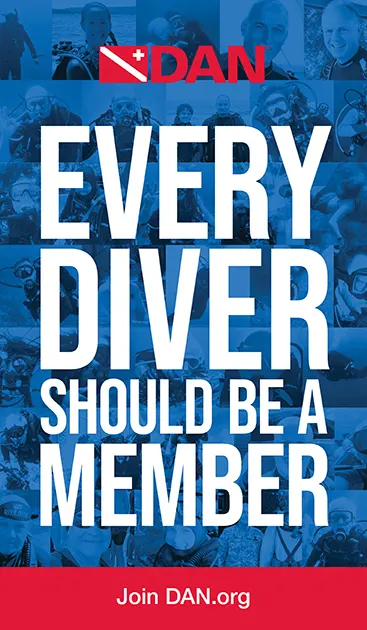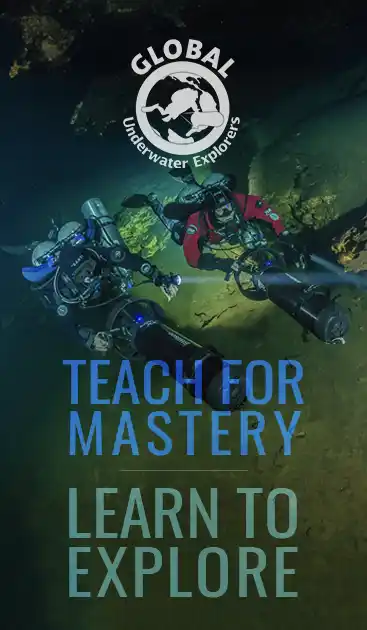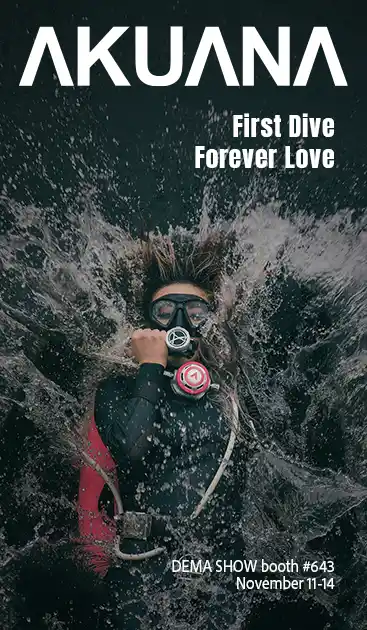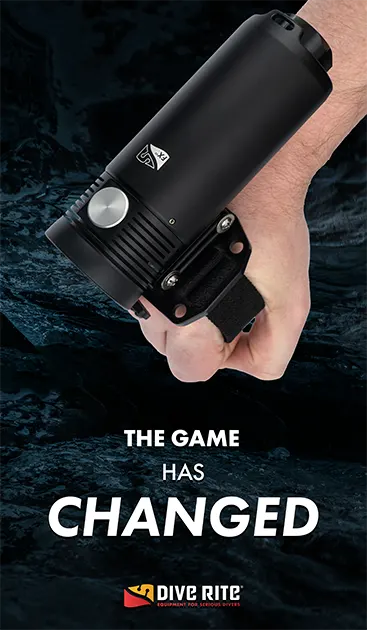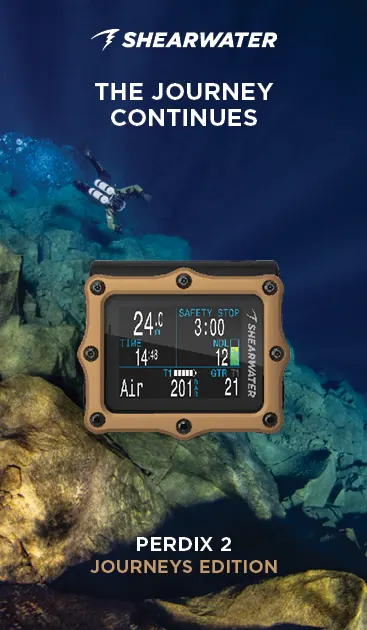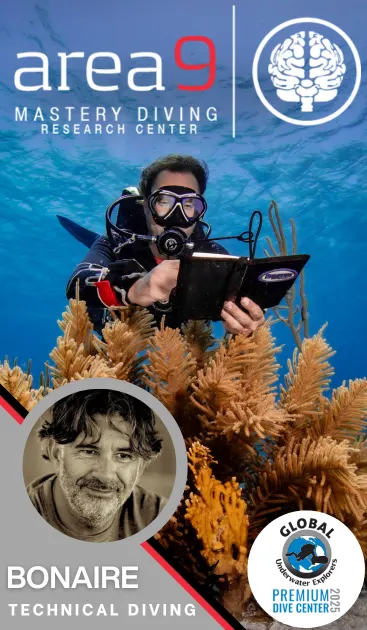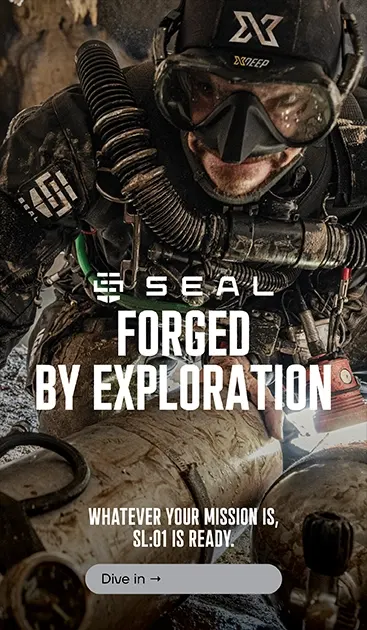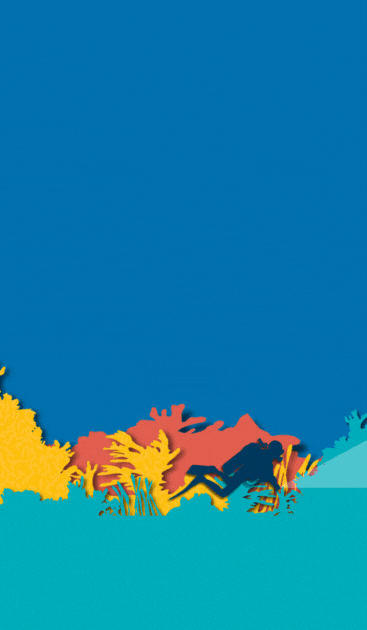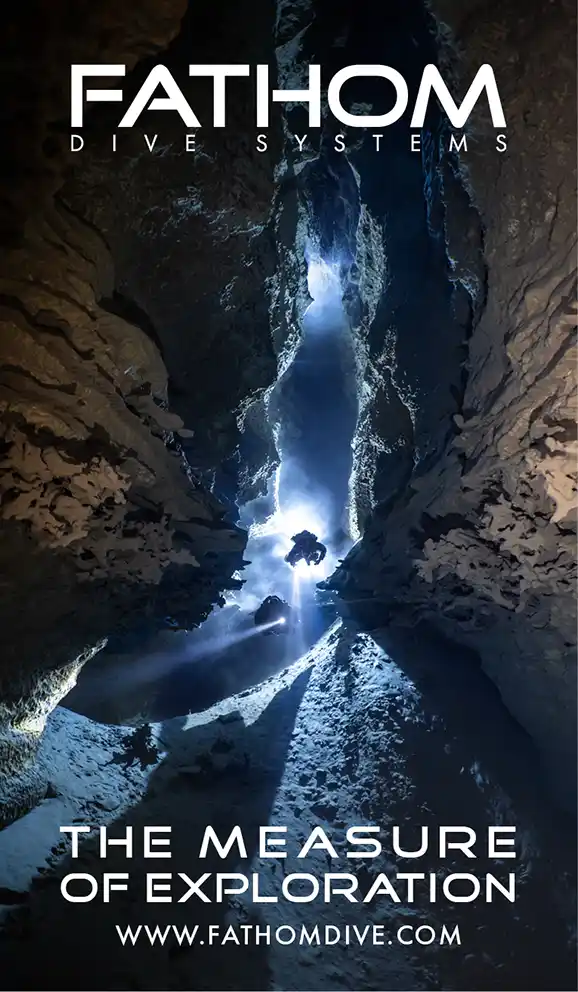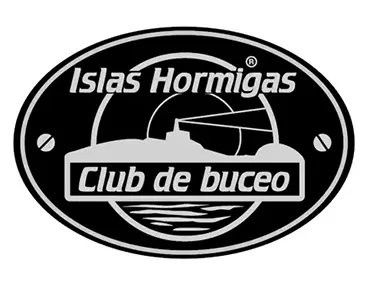Community
Finding Peace in Macros
Feast your eyes on the little stuff that keeps British finance leader turned underwater photographer Mark Coles up at night.
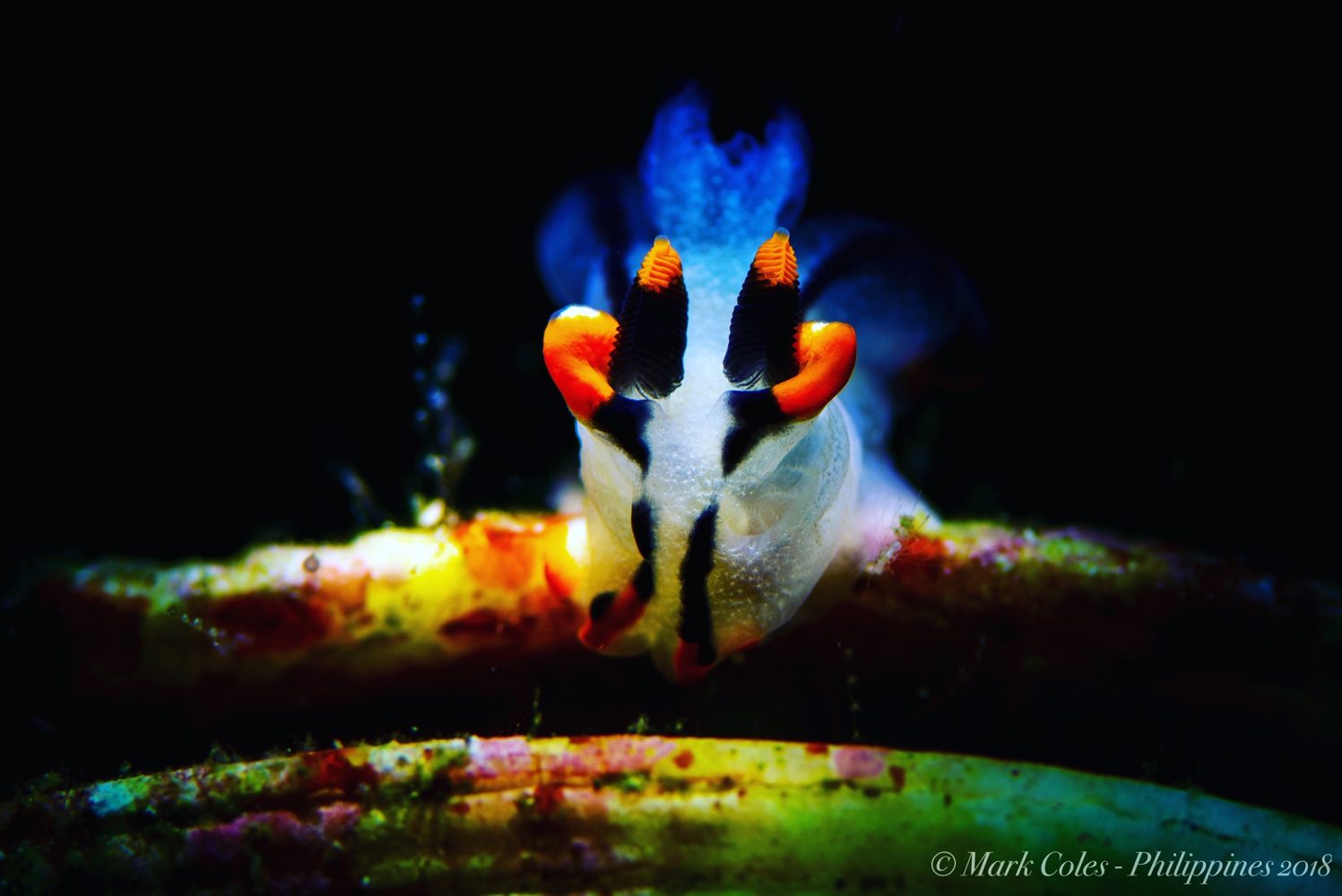
By Mark Coles
Header Photo by Mark Coles. Location – Koala, Anilao, Batangas, Philippines
Photo Details – Nikon D7200, 105mm, ISO160, F14, 1/250, no strobe, snoot lighting
Subject – Thecacera Picta, Painted thecacera doridina suborder of nudibranch.
Generaly spongivores but some can be cannibalistic. Used a snoot (narrow focussed
beam of light) with no strobes to light the nudibranch, leading to a dramatic effect.
Forty-year-old Mark Coles is a Finance Leader focused on asset management for the UK Electricity Transmission Network and is based near Warwick, England. His passion? Underwater photography. “It’s a way to escape the pressure of day to day work life,” he explained.

Photo Details: Nikon D7200, 9mm, ISO160, F8, 1/250
Coles’ first exposure to diving was on a Discover Scuba experience in 1998 during a Caribbean cruise ship vacation with his family. He was hooked. He got open-water certified in Grand Cayman that same year and continued with his training while making dive trips around the world. He is currently a PADI Master Scuba Diver. InDepth caught up with Coles during a recent liveaboard trip to Papua New Guinea.
Coles began making underwater photos in Hawaii with his iPhone eight years ago. Then in 2016 in between dive trips from Raja Ampat to Cairns, AUS, he made an “impulse” buy and sprang for a Nikon D7200 SLR and Nauticam housing. He’s been slowly building his system ever since and found himself focusing on macro-photography. According to Coles, “When I have my camera underwater and find a subject to focus on, everything else in my mind fades away; all that exists is the subject and my camera. I find it peaceful,” he said.
Below you can see a selection of Coles’ macros. You can find more of his photos here.

Photo Details – Nikon D7200, 105mm, +10 diopter, ISO160, F25, 1/250
Subject – Sufflogobius Bibarbatus, yellow bearded or pelagic goby. A very cute fish who pair up in monogamous relationships and live symbiotically with the coral. A very timid fish who is very skitty, it is a challenging job to get a photo and it took around an hour to get this picture, focussing is hugely challenging when the goby will not stay still.

Photo Details – Nikon D7200, 60mm, ISO200, F13, 1/125
Subject – Neopetrolisthes Maculatus, spotted porcelain anemone crab, female carrying on average around 600 eggs in her brooding flap in the abdomen, the eggs will hatch as free swimming larvae which will feed on plankton.

Photo Details – Nikon D7200, 105mm, ISO160, F16, 1/50
Subject – Stomatopoda, mantis shrimp, a fascinating creature with beautiful colours, they have clubs as arms which can move at 23 metres per second, around 50 times faster than you can blink with the force of a .22 caliber bullet. They also have 16 colour receptors in their eyes vs our 3.

Subject – Amphioctopus Marginatus, coconut octopus. Found on sandy bottoms often buried in the sand, also often use coconut husks or clam shells as weapons or for concealment against pray. Fascinating to interact with and it took some time for the octopus to trust that I was not a threat, so slowly the shell opened and he was on display.

Photo Details – Nikon D7200, 60mm, ISO400, F16, 1/160
Subject – Nudibranchia Aeolidina, aeolids suborder of nudibranch is covered in cerata
which contain the digestive gland, the brown colour is unexploded nematocysts which
are the stinging cells of cridarians which the nudibranch uses for defence against prey.

Photo Details – Nikon D7200, 60mm, ISO200, F16, 1/125
Subject – Neopetrolisthes Maculatus, spotted porcelain anemone crab, feeding time with its filters extended, it takes plankton out of the water and mucus from the anemone.



